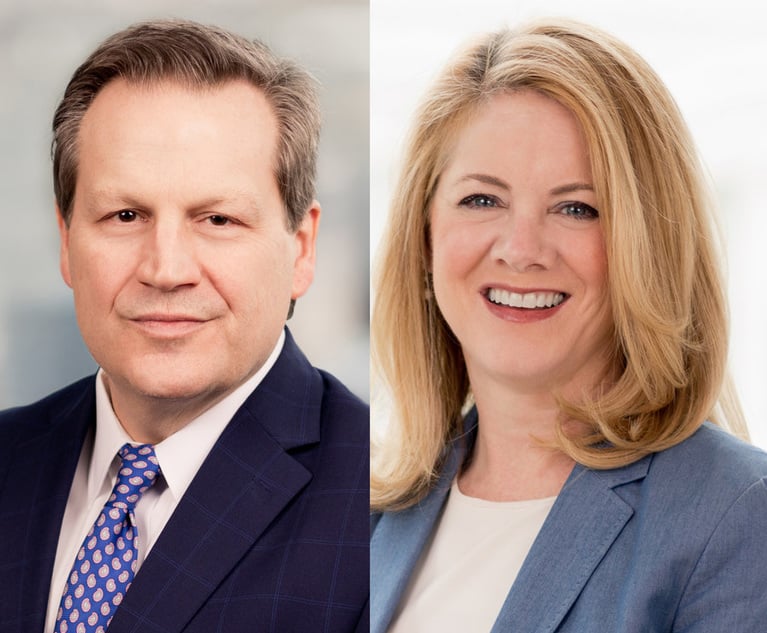This article appeared in Cybersecurity Law & Strategy, an ALM publication for privacy and security professionals, Chief Information Security Officers, Chief Information Officers, Chief Technology Officers, Corporate Counsel, Internet and Tech Practitioners, In-House Counsel. Visit the website to learn more.
In 2018, global privacy and data breach laws took control across Europe in the form of the General Data Protection Regulations (GDPR), in Canada, as the Canadian Breach of Security Safeguards Regulations of the Personal Information Protection and Electronic Documents Act (PIPEDA), and in the United States, with the California Consumer Privacy Act 2018 (CCPA). In 2019, each set of regulations and laws will continue to define how businesses collect and use consumer data, and their obligations to protect this data from misuse, theft or exposure to unauthorized parties.








